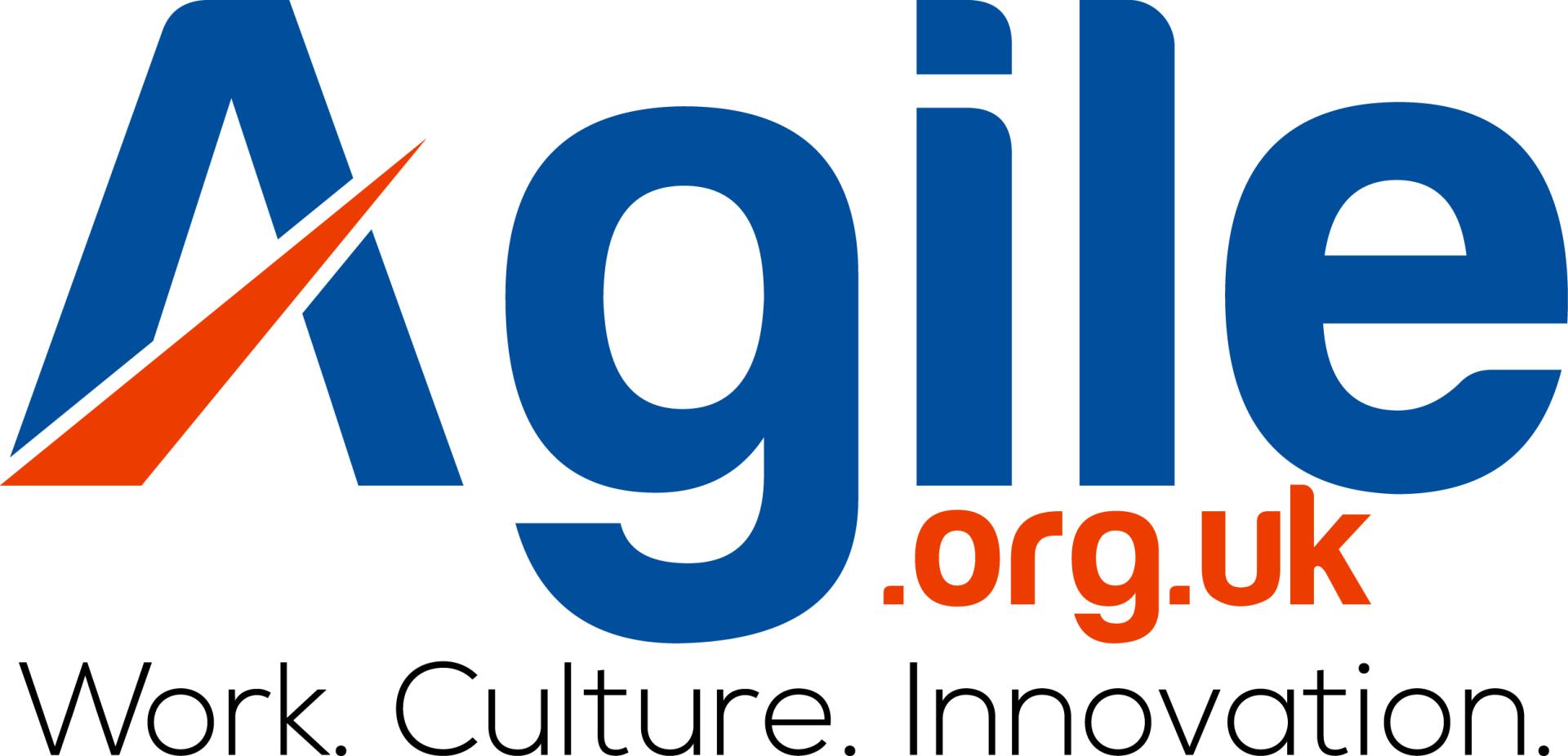Agile methodologies have been adapted by businesses from all kinds of industries, including technology, food, and ecommerce, as well as software development.
We’ve already discussed how agile methodologies can benefit real estate businesses, but if you run a real estate company – or you’re looking to start one – then you might be wondering just how you can implement this method yourself.
Implementing agile frameworks into your business doesn’t have to be difficult, and it doesn’t have to be long-winded either. Here are some of our best tips and tricks regarding how to make your real estate business agile!

Strip things right back to basics
The first thing you should do is to strip your business down to basics. You can be brutal during this step; in fact, it will likely benefit you to cut out as much chaff as possible.
The folks at Sold.co.uk provide a great example of how to do this. While we don’t know if their operation is agile, we do know that their website is exemplary when it comes to focusing on your business’ core and cutting out unnecessary extras.
When you visit Sold.co.uk’s website (presumably because you want to sell your property fast and with no fuss!), you’ll notice that the information with which the site provides you is simple, straightforward, and stripped back.
That’s a great framework for how you should approach your own business’ plan and copy. Cut everything back to your core brand statement and work according to that, adding new parts as you go.
Watch for, and respond to, changes in the market
Many businesses fall when they don’t pay attention to big changes coming in their respective industries or markets. A real estate business is particularly vulnerable to this.
That’s because real estate often changes significantly in short spaces of time. The COVID-19 pandemic of 2020, for instance, had a massive effect on the types of real estate that were most desirable for those looking to purchase.
An agile real estate business looks for these kinds of changes and adapts to them rather than fearing or shying away from them. Agile businesses have lithe, flexible teams that are ready to undertake projects of all stripes, even if they don’t seem like “the usual way of doing things”.
If you’re a savvy business owner, you’ve probably already got one eye on your industry’s key publications and periodicals, but if you haven’t, make sure that you’re constantly glued to relevant news portals so you can stay abreast of what’s going on.
Cut out the middleman (ager)
Agile projects thrive when teams are allowed to proceed with their tasks with minimal (but not nonexistent!) oversight. If your real estate business has a busy and bloated management structure, it might be time to reassign some roles.
You don’t necessarily have to let staff go; instead, discuss whether a role rethink is required in order to cut back the amount of management interference your teams will have to deal with.
Agile often works best with a more flat team structure, so even integrating management staff into the project flow, as long as their skillset works with that particular project, isn’t a bad idea.
Just make sure that teams feel able to pursue the projects they need to pursue without having managers breathing down their necks and asking for constant progress reports every other day.
Focus on the customer
One of the biggest benefits of agile project management is the ability to deliver quick and efficient results to customers with minimal fuss.
As such, an agile real estate business should make sure that the customer is the fulcrum on which everything else is balanced. What does the customer require, and how can you help them to achieve it?
That should be your key mission structure, no matter what the project may be. If there is an end user, then they should be the be-all and end-all of the project.
Without needing to report to management constantly, teams are free to find the result that works best for the customer, and they can do so in a way that prioritises customer needs rather than manager targets.
Implement software and automation where possible
Another key pillar of agile project methodologies is the ability to automate many key processes, as well as delegating many tasks to software solutions rather than individual staff members.
Wherever it’s possible to assign a task to automation software rather than a person, you should do so, provided that it doesn’t have a deleterious effect on the project itself.
For instance, project flow apps like Asana are great ways to make sure that everyone is on the same page with each project, while apps like ClickUp can be configured to automate entire task processes.
The word “agile” indicates that agile businesses should be sleek, lean, and free of fat, and that’s what automation will allow your real estate business to do; get on with the task of selling property (or developing it, or wherever your focus happens to lie!).
For websites: Important! Under the EU Cookie Law and GDPR, obtaining user consent for cookies, usually via a cookie banner, and allowing users to manage their cookie settings are mandatory. It would be best to use a cookie policy generator to ensure your website is compliant with all consent rules.
Communicate
If your teams don’t know how they’re supposed to implement the agile framework of which you’re dreaming, then there’s no way you’re going to effect a company-wide shift in policy.
That’s why you need to make sure to loop everyone in on what you’re doing at any given time. As the head of the company, you need to make sure that your employees are aware of the sweeping changes you’re bringing in.
Of course, you don’t need to keep your employees informed about every single thing you’re doing, but it is important to ensure that employees are on board and aware of their roles.
After all, it’s not really possible for employees to pursue their own goals and work in a manager-light environment without the capacity to manage themselves to some degree.
Make sure that regular, thorough communication is the order of the day when you’re implementing agile methodologies into your business. The rewards will make themselves apparent very quickly.













